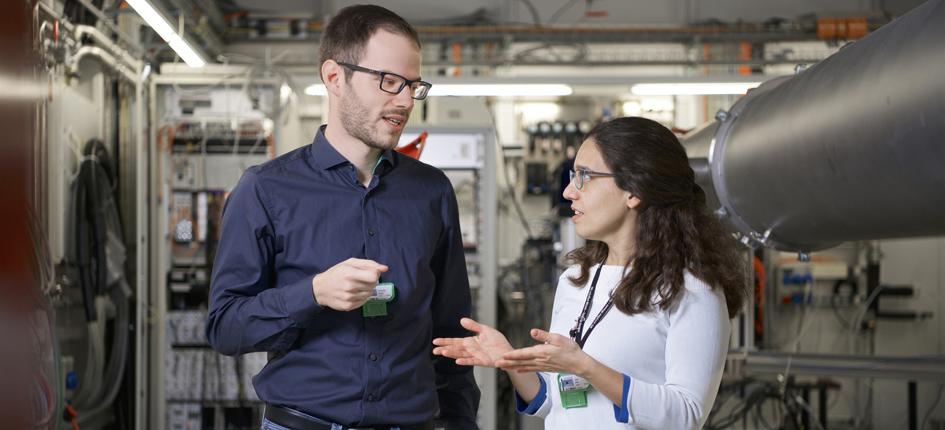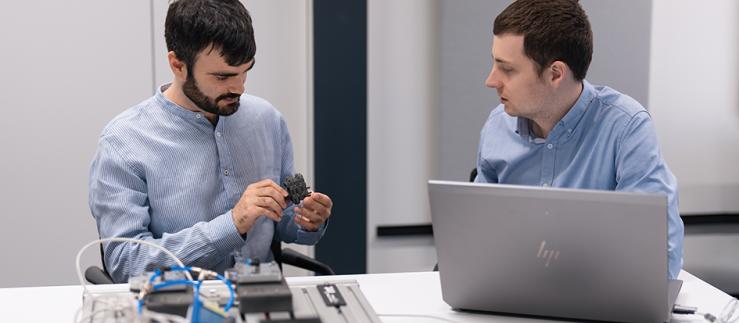The X-ray microscope provides researchers with insights into nanometer-sized structures ranging from computer chips to live tissue. Researchers at the Paul Scherrer Institute (PSI) have developed a new method that increases the resolution of these microscopic images even more.
The PSI explains that large lenses are actually needed to increase the resolution of the images, but in the area of x-rays these are very inefficient. Researchers solved this problem by using a small but efficient lens, shifting it over an area that an ideal lens would cover and taking a picture in each place. This virtually creates a large lens. Then, the researchers used computer algorithms to combine all the pictures to generate one high-resolution image.
The method, known as Fourier ptychography, has been used for high-resolution microscopy in the visible wavelength range since 2013. PSI researchers were able to apply this principle to X-ray microscopy for the first time ever.
According to the PSI, tissues and cell aggregates could also be investigated better with this method. The researchers hope this will yield new insights into the development of diseases such as Alzheimer's or hepatitis.
Such experiments currently require large-scale research facilities such as the Swiss Light Source (SLS). However, researchers are investigating whether the method could be realized under less complex conditions. This would open up many additional application areas.







